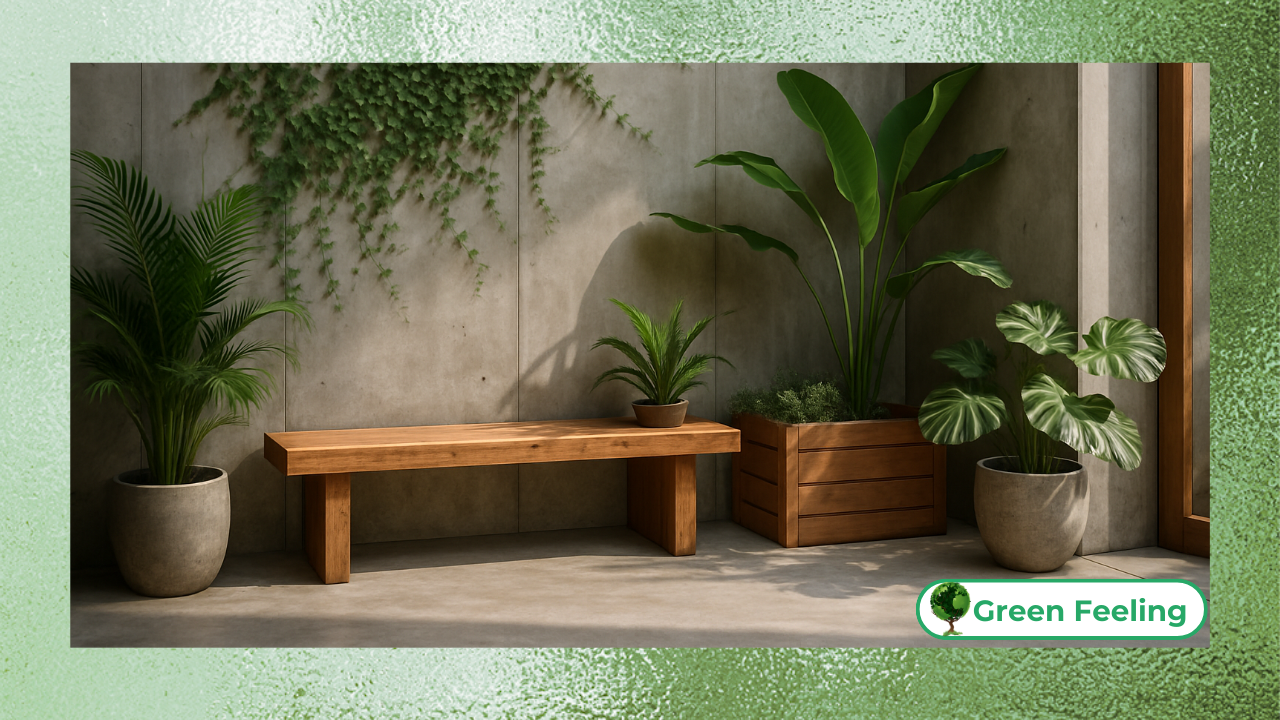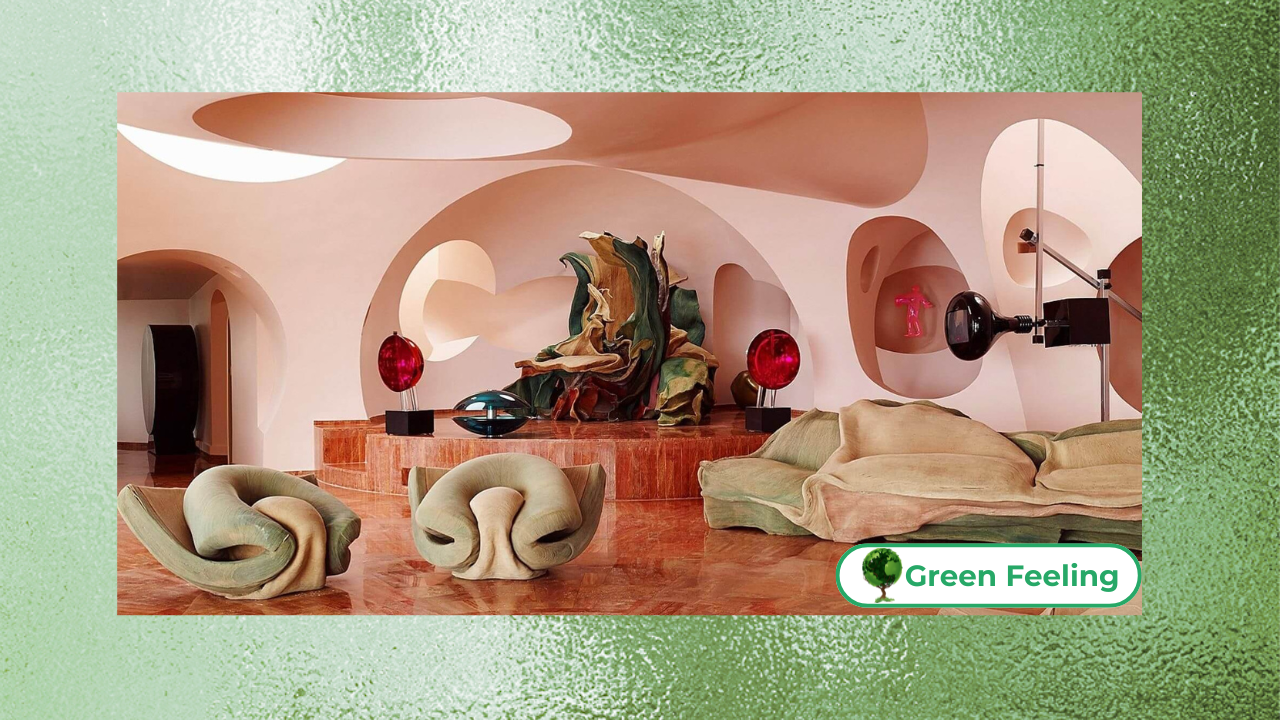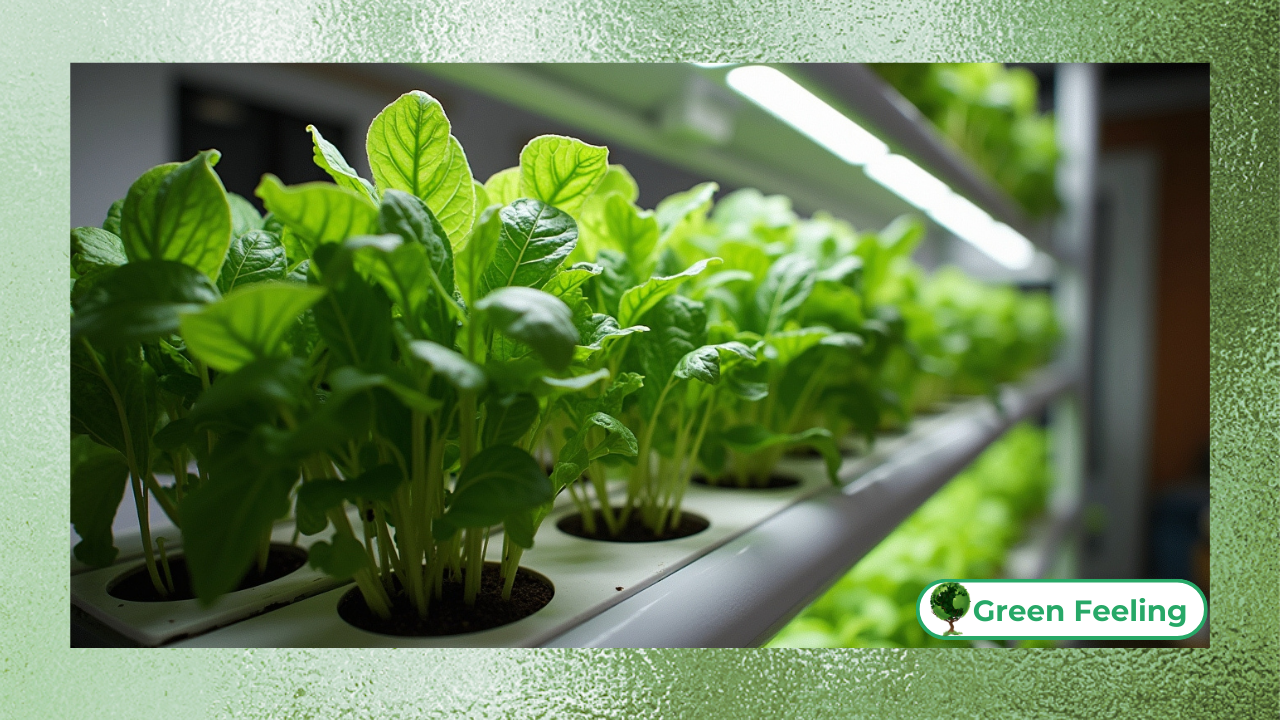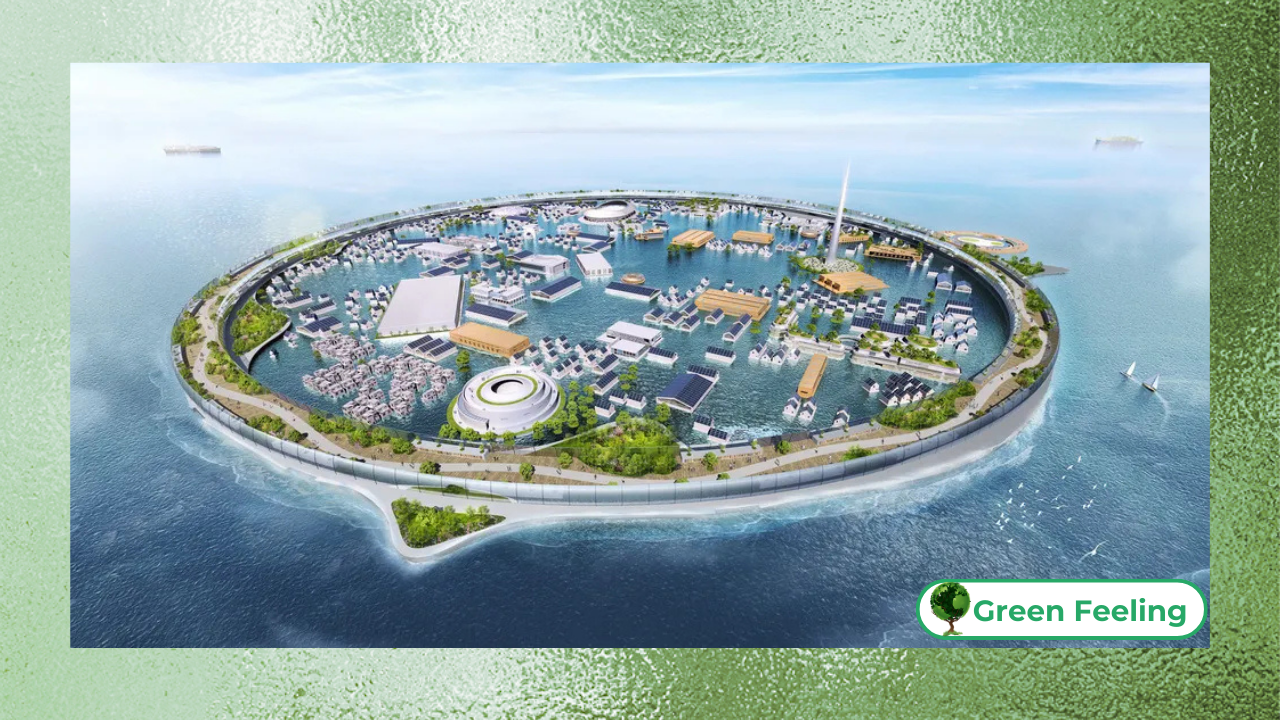What Is Urban Greening? Discover the cities of the future
Urban greening refers to the integration of green spaces, such as parks, gardens, green roofs, and tree-lined streets, into urban environments.

As cities grow and urbanization accelerates, the need for green spaces becomes increasingly critical. Urban greening not only enhances the aesthetic appeal of cities but also provides numerous environmental, social, and economic benefits.
This article explores what urban greening is, its purpose, importance, benefits, and answers frequently asked questions to help you understand its role in creating sustainable and livable cities.
The Need for Urban Greening
Urbanization has transformed the world, with more than half of the global population now living in cities.
While cities are hubs of innovation and economic activity, they also face significant challenges, including pollution, heat islands, and a lack of natural spaces.
Urban greening addresses these issues by bringing nature back into urban areas, creating a balance between development and environmental preservation.
Urban greening is not just about planting trees; it’s about reimagining cities as ecosystems where humans and nature coexist harmoniously.
From rooftop gardens to urban forests, these green spaces play a vital role in improving the quality of life for city dwellers and ensuring the sustainability of urban environments.
+ Vertical Gardens: The Green in Urban Spaces
What Is Urban Greening?

Urban greening is the process of incorporating vegetation and green infrastructure into urban areas. It includes a wide range of initiatives, such as:
- Parks and Gardens: Public and private green spaces that provide recreational areas and improve air quality.
- Green Roofs and Walls: Vegetation grown on rooftops and vertical surfaces to reduce heat and enhance insulation.
- Tree Planting: Adding trees to streets, sidewalks, and public spaces to provide shade and reduce carbon emissions.
- Urban Forests: Large-scale tree planting projects that create forested areas within cities.
- Community Gardens: Spaces where residents can grow their own food, fostering community engagement and food security.
Purpose of Urban Greening
The primary purpose of urban greening is to create healthier, more sustainable, and livable cities. It serves several key functions:
- Environmental Protection: Mitigating the effects of climate change, reducing pollution, and conserving biodiversity.
- Social Well-Being: Providing spaces for recreation, relaxation, and community interaction.
- Economic Benefits: Increasing property values, attracting tourism, and reducing energy costs.
- Urban Resilience: Enhancing cities’ ability to withstand environmental challenges like flooding and heatwaves.
Importance of Urban Greening
Urban greening is essential for addressing the challenges of modern urbanization. Below are some reasons why it is important:
- Combating Climate Change: Green spaces absorb carbon dioxide and reduce the urban heat island effect.
- Improving Air Quality: Plants filter pollutants and produce oxygen, creating cleaner air for city residents.
- Enhancing Mental Health: Access to green spaces has been shown to reduce stress and improve overall well-being.
- Promoting Biodiversity: Urban greening provides habitats for birds, insects, and other wildlife.
- Supporting Sustainable Development: Green infrastructure aligns with global goals for sustainable cities and communities.
+ Eco Houses: How to Build for a Sustainable Future
Benefits of Urban Greening
Urban greening offers a wide range of benefits for individuals, communities, and the environment. Below are some of the most significant advantages:
- Environmental Benefits:
- Reduces air pollution and greenhouse gas emissions.
- Lowers urban temperatures by providing shade and evaporative cooling.
- Manages stormwater runoff and reduces flooding risks.
- Social Benefits:
- Provides spaces for recreation, exercise, and social interaction.
- Improves mental health and reduces stress levels.
- Enhances community cohesion and engagement.
- Economic Benefits:
- Increases property values and attracts businesses and tourists.
- Reduces energy costs by providing natural insulation.
- Creates jobs in landscaping, maintenance, and green technology.
Read More about Urban Greening: https://www.ucem.ac.uk/whats-happening/articles/what-is-urban-greening/
Urban Greening: A Table Overview
Below is a table summarizing the key aspects and benefits of urban greening:
| Aspect | Description |
| Environmental Benefits |
Reduces pollution, lowers temperatures, and manages stormwater.
|
| Social Benefits |
Improves mental health, provides recreational spaces, and fosters community.
|
| Economic Benefits |
Increases property values, reduces energy costs, and creates jobs.
|
| Urban Resilience |
Enhances cities’ ability to withstand climate-related challenges.
|
| Biodiversity Support |
Provides habitats for wildlife and promotes ecological balance.
|
Challenges of Urban Greening
While urban greening offers numerous benefits, it also faces several challenges:
- Limited Space: High population density in cities can make it difficult to allocate land for green spaces.
- Funding Constraints: Implementing and maintaining green infrastructure requires significant financial investment.
- Maintenance: Green spaces require ongoing care to remain healthy and functional.
- Public Awareness: Educating residents about the importance of urban greening is essential for its success.
Solutions to Overcome Challenges
To address these challenges, consider the following solutions:
- Innovative Design: Use vertical gardens, green roofs, and compact green spaces to maximize limited areas.
- Public-Private Partnerships: Collaborate with businesses and organizations to fund and maintain green projects.
- Community Involvement: Engage residents in planting and maintaining green spaces to foster ownership and pride.
- Policy Support: Advocate for government policies that promote urban greening and provide funding.
+ Nature and Design: Biophilic Architecture and Its Practical Applications
Did You Enjoy Learning About Urban Greening?
Urban greening is a powerful tool for creating healthier, more sustainable, and livable cities.
By integrating green spaces into urban environments, we can address critical challenges like climate change, pollution, and mental health.
Whether you’re a city planner, resident, or advocate, urban greening offers a pathway to a greener future.
As urbanist once said,
“Cities have the capability of providing something for everybody, only because, and only when, they are created by everybody.” – Jane Jacobs.
This quote highlights the importance of collective action in shaping urban environments that benefit all.
+ Green Cities: See the cities
Conclusion:
Urban greening is more than just an aesthetic enhancement; it’s a necessity for creating sustainable and resilient cities.
By prioritizing green spaces, we can improve environmental quality, enhance social well-being, and boost economic prosperity.
As urbanization continues to grow, urban greening will play a crucial role in ensuring that cities remain livable and vibrant for future generations.
Let’s work together to transform our cities into green havens that benefit both people and the planet.
FAQ: Frequently Asked Questions About Urban Greening
1. What is urban greening?
Urban greening is the process of integrating green spaces, such as parks, gardens, and green roofs, into urban areas to improve environmental quality and enhance residents’ well-being.
2. Why is urban greening important?
Urban greening helps combat climate change, improve air quality, promote biodiversity, and enhance mental health, making cities more sustainable and livable.
3. What are the benefits of urban greening?
Benefits include reduced pollution, lower urban temperatures, improved mental health, increased property values, and enhanced urban resilience.
4. What are some examples of urban greening?
Examples include parks, green roofs, tree-lined streets, urban forests, and community gardens.
5. How can I support urban greening in my city?
You can support urban greening by participating in community gardening projects, advocating for green policies, and volunteering for tree-planting initiatives.
References and Further Reading
- JACOBS, J. The Death and Life of Great American Cities. Random House, 1961.
- UN-Habitat. Urban Greening: A Guide for City Planners and Policymakers. United Nations, 2020.
- Urban Greening and Its Benefits – World Health Organization
- Green Cities: The Role of Urban Greening – World Resources Institute
- Urban Greening Initiatives – The Nature Conservancy






